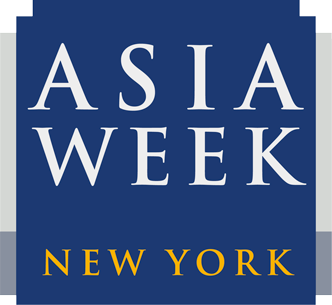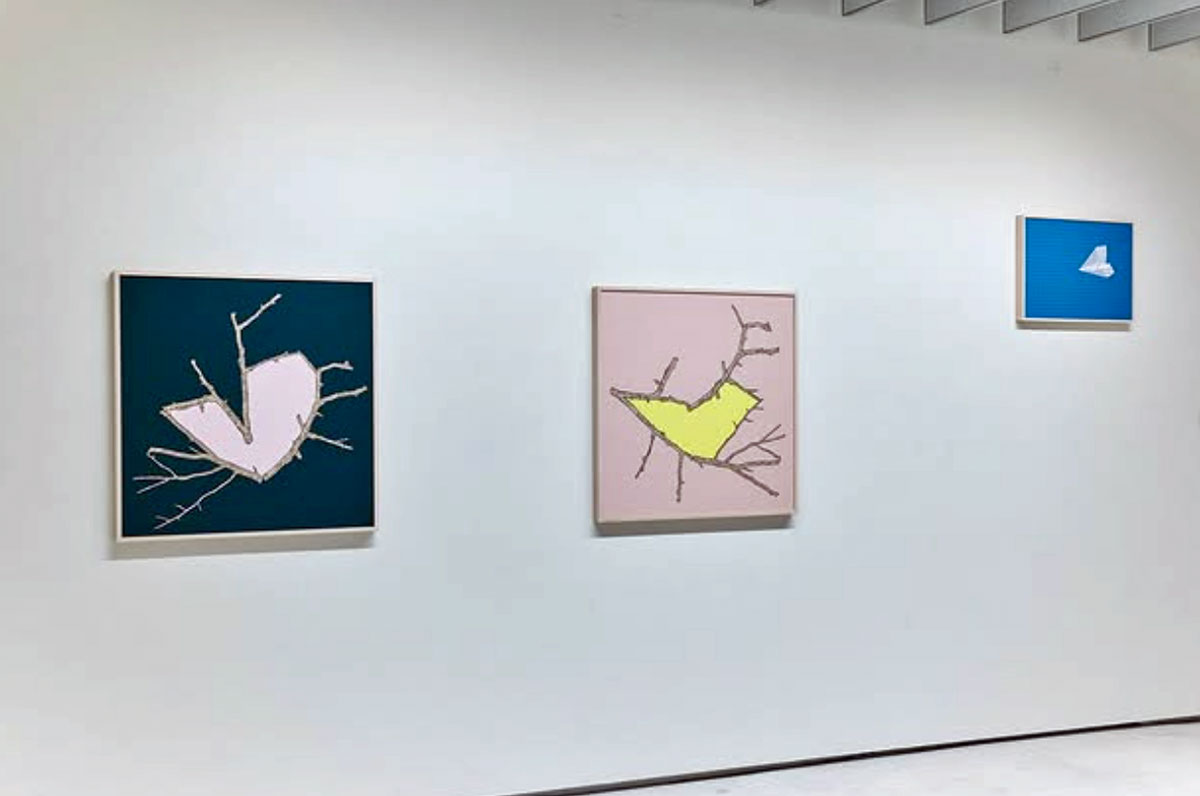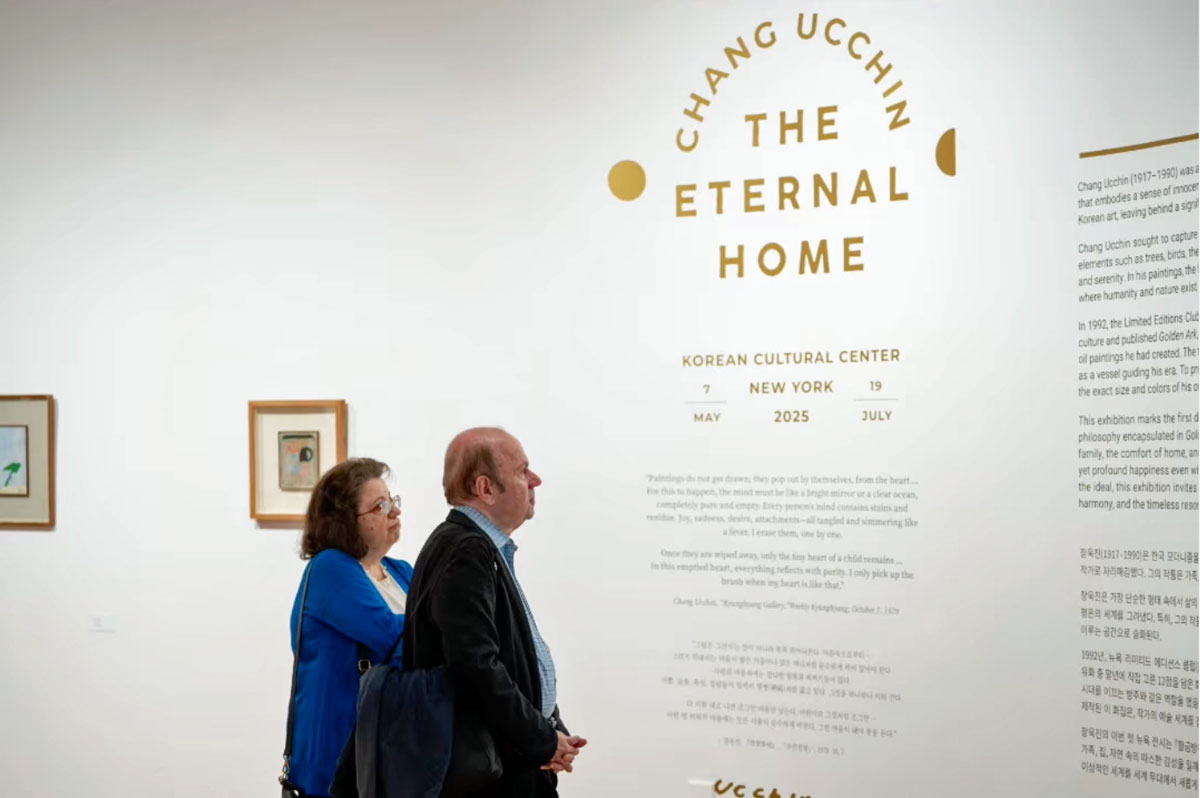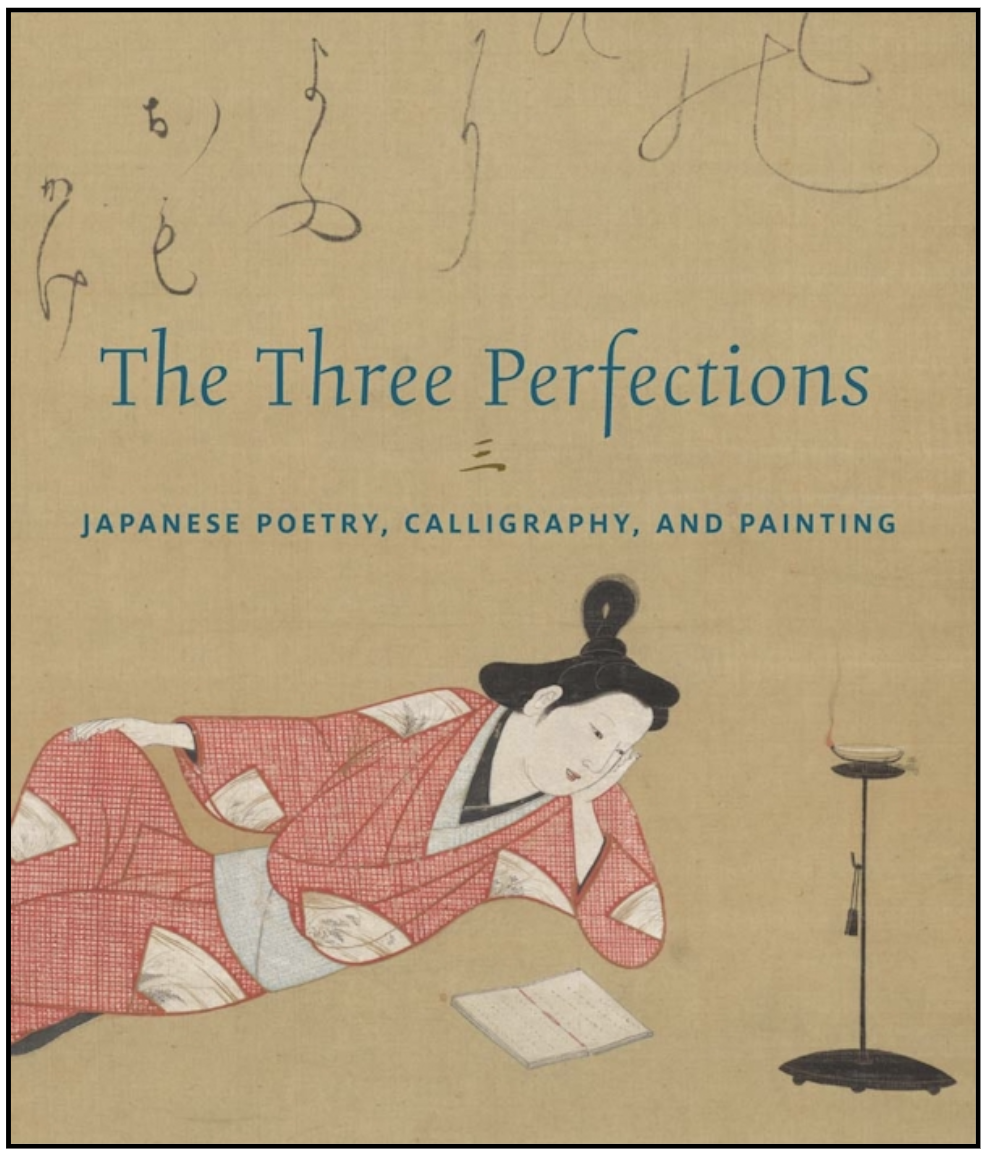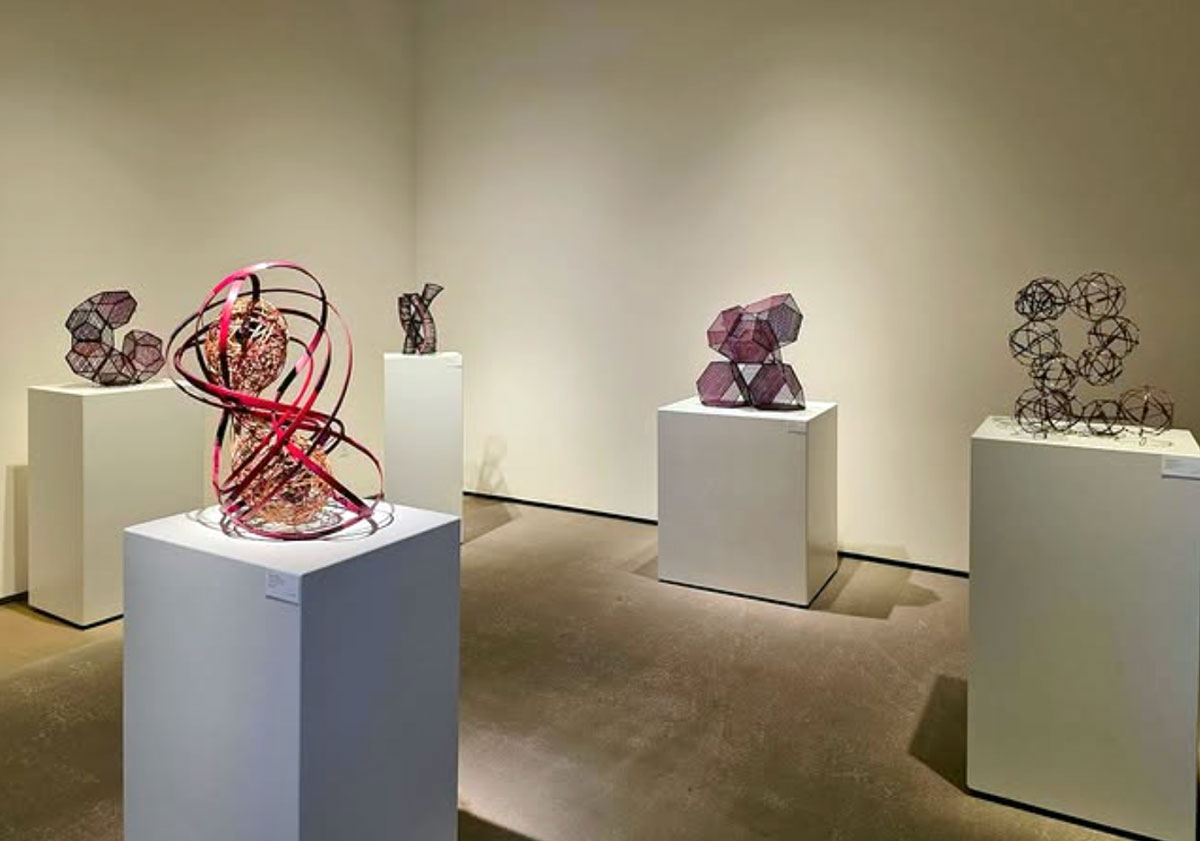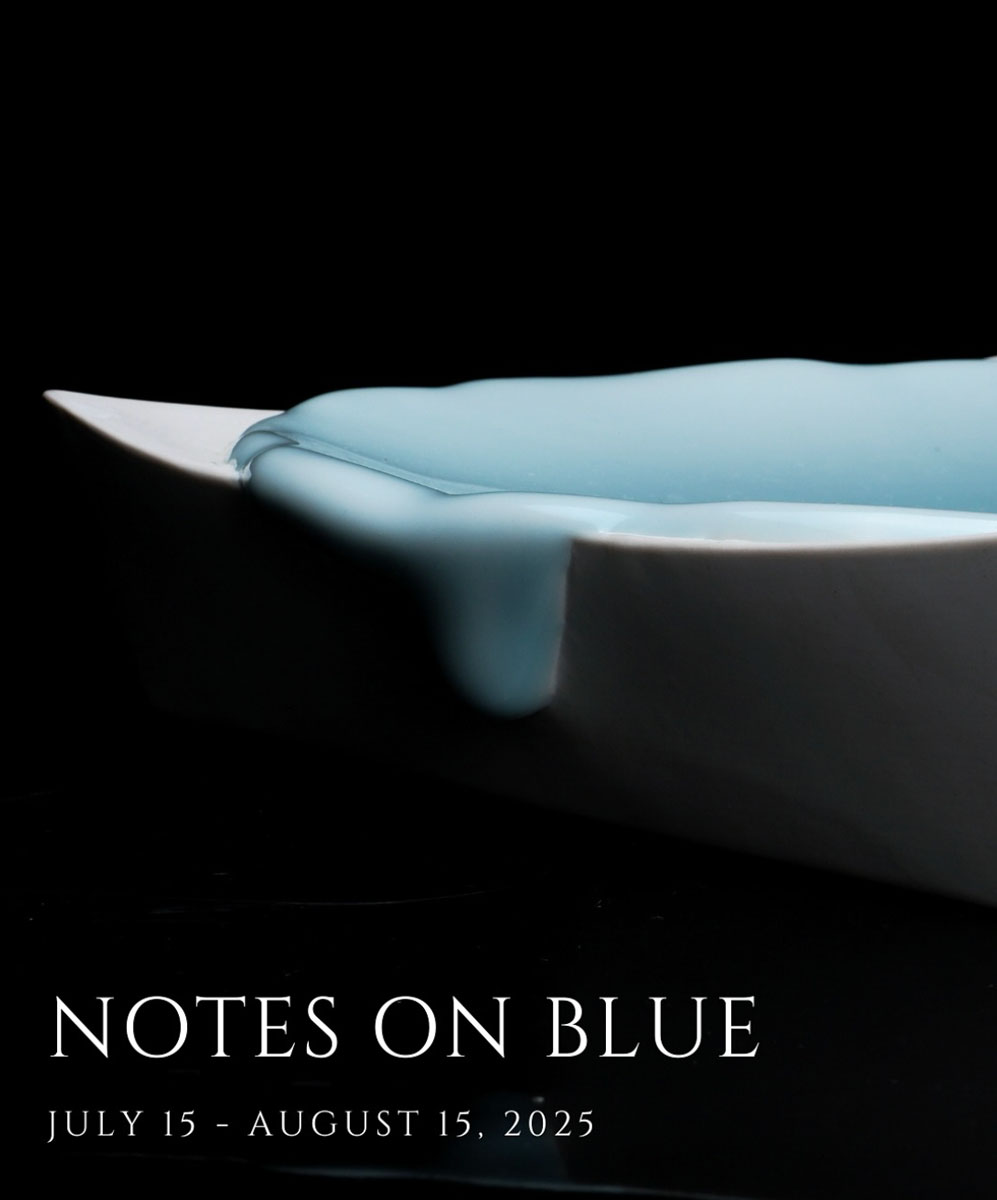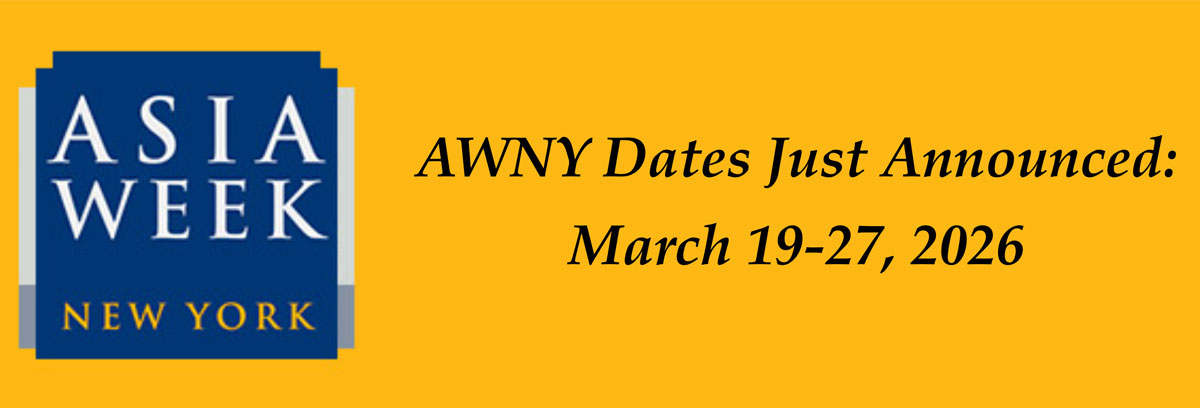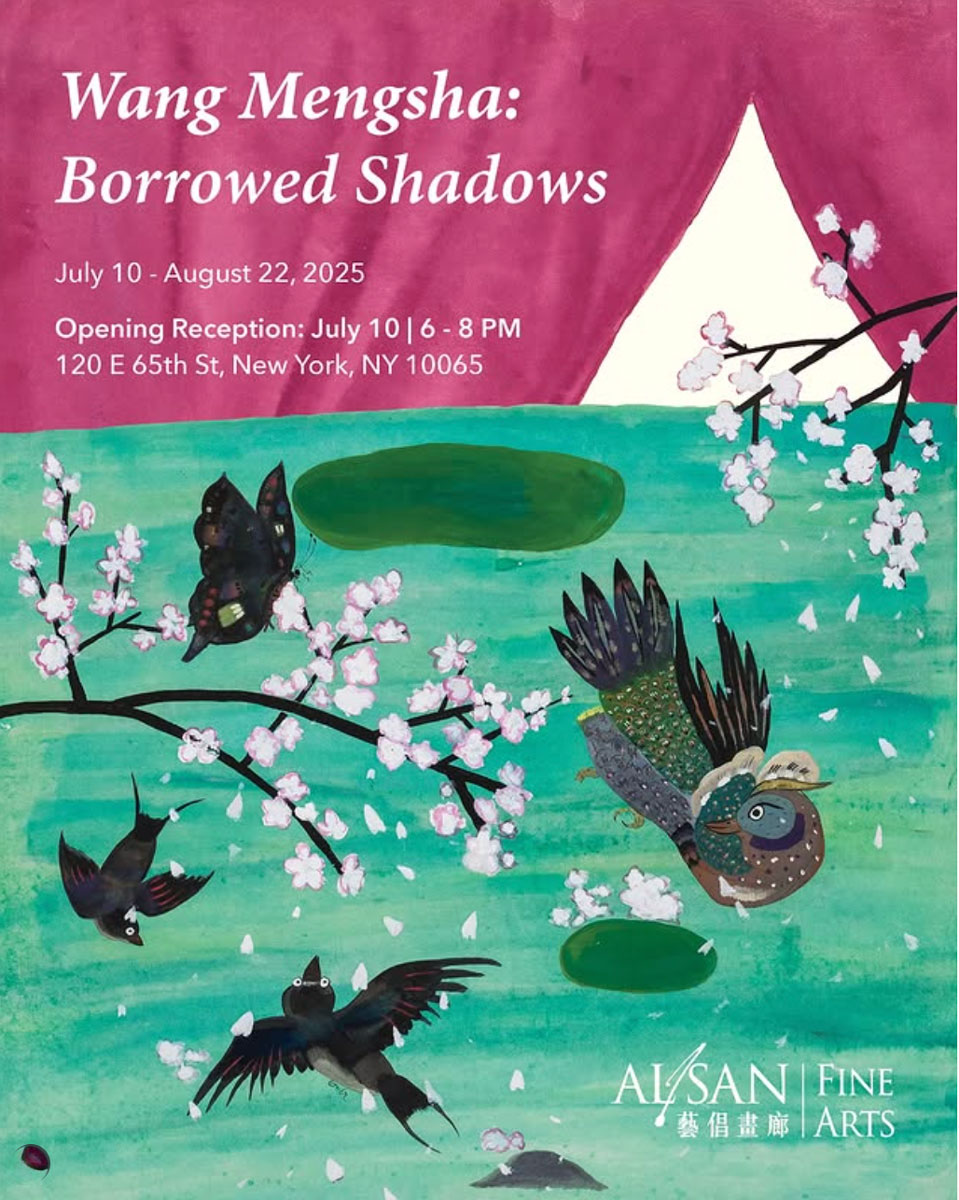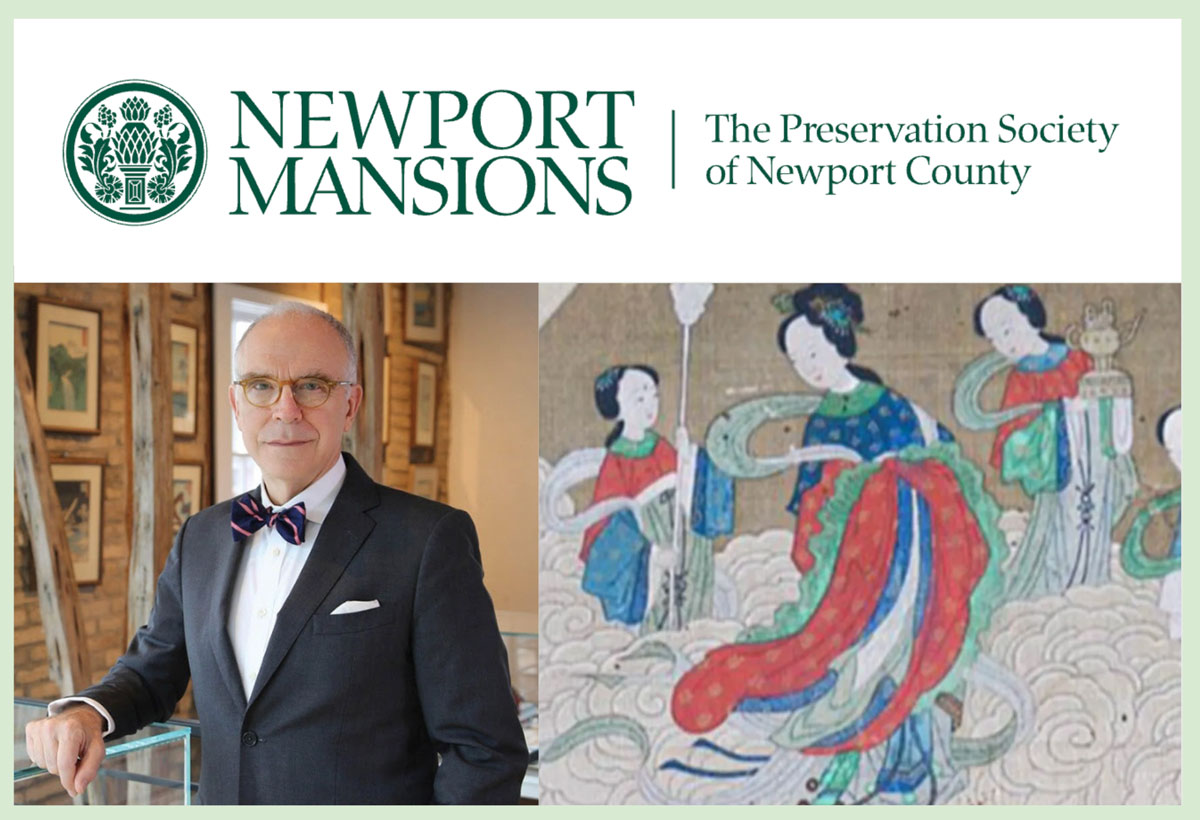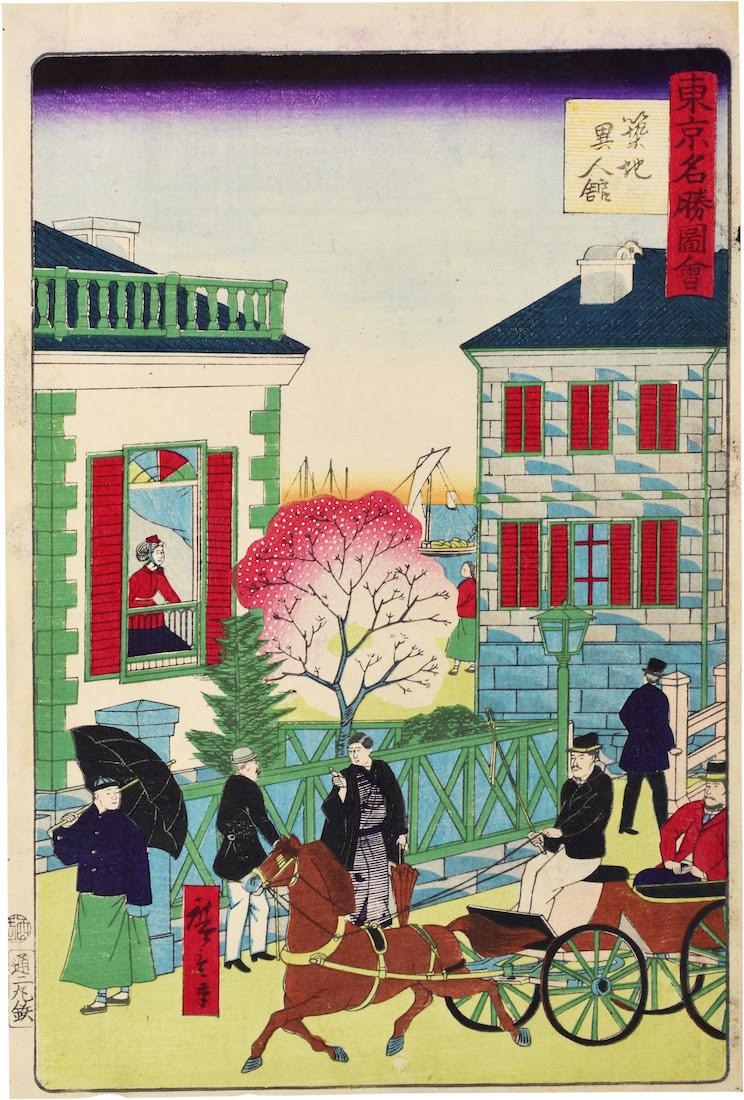
Utagawa Hiroshige III (Ando Tokubei) (1842-1894), Famous Places in Tokyo: Foreigners’ Houses in Tsukiji, (Tokyo meisho zue: Tsukiji ijinkan), oban tate-e 13 3/4 x 9 3/8 in. (35 x 23.7 cm)
Meiji Era Prints
From a Private New York Collection
July 2025
145 West 58th St, Ste 6D, NYC
Scholten Japanese Art is pleased to announce the addition of a selection of Meiji era prints recently added to their website from a private collection assembled by a prominent American defense attorney who was one of the first foreigners to pass the Japanese bar exam and co-founded a law firm in Tokyo, where he lived the rest of his life. The trove passed to his son who shared his father’s appreciation of Yokohama and Meiji Period prints and continued to curate the collection both here in New York and abroad.
The Meiji Period (1866-1912) was an era of tremendous transformation in Japan following the Meiji Restoration, which ended the rule of the Tokugawa shogunate and ‘restored’ the rule of the Emperor Mutsuhito (1852-1912, posthumously named Emperor Meiji) and a centralized government. The name of the era, Meiji, meaning “enlightened rule” signified Japan deliberate emergence from an isolationist and feudal society to a modern and industrialized nation, eager to catch up with Western powers of the time.
In 1853 Japan was opened up to the West by Commodore Matthew Perry (1794-1858), ending the country’s 220 year isolation policy. Western technologies in all aspects of life were quickly implemented, and these advancements can be seen in the prints that were produced in this era; both in subject matter depicted and the printmaking process itself. Artists inspired by readily available brilliant synthetic dyes and the dynamic growth of Tokyo and Yokohama produced urban scenes populated with foreigners and locals bustling together among new types of architecture and methods of transportation. Likewise, the techniques utilized evolved as some artists began to mimic etching methods found in Western printmaking – this can be particularly be seen in works by Kobayashi Kiyochika (1847-1915).
The declaration of war with China in 1894 stimulated a burst of productivity in the woodblock print market, with Kiyochika in particular leading the charge. Depictions of battles from the front, often in triptych format, became highly popular with the print-buying public, and served as a way to promote national pride and support for the war effort. Although many of the war prints illustrated new explosive weapons and modern technologies, the artists themselves did not see these events first-hand, but rather based their compositions on a combination of traditional ukiyo-e portrayals of warrior subjects and their own imaginations.
To explore this extraordinary collection, click here.
